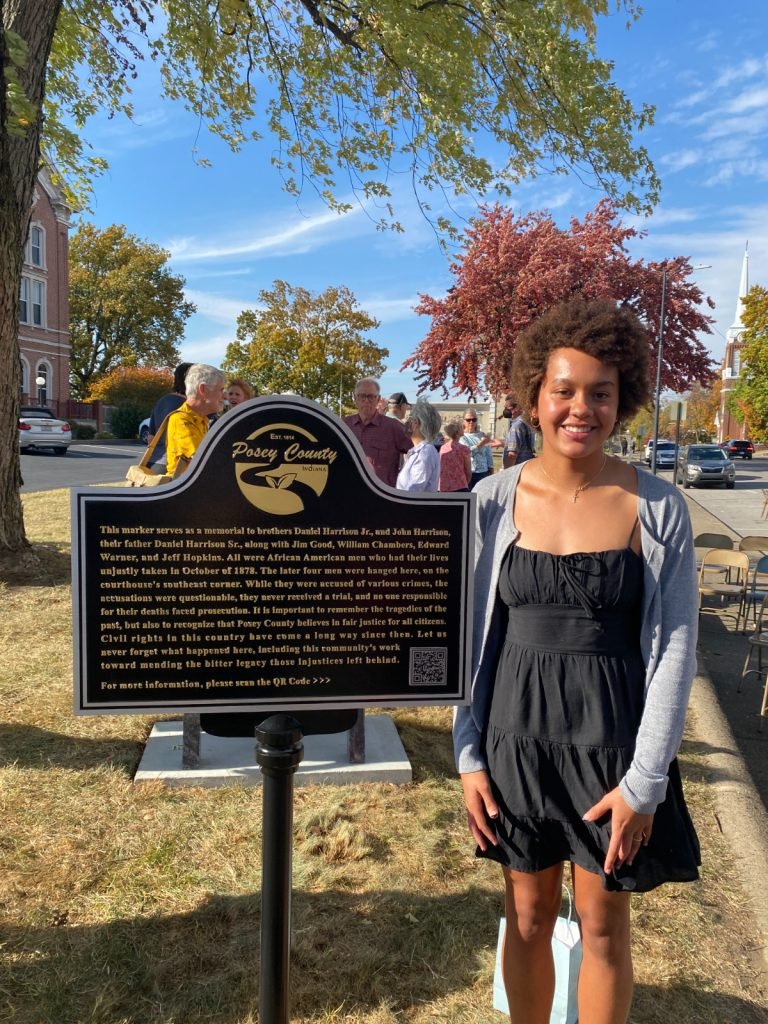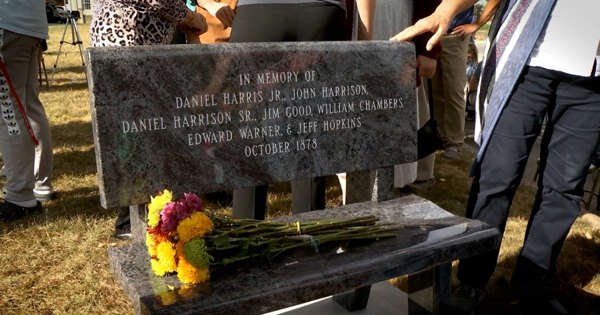A Shining Example of Reverse Mentoring
In my last post I wrote about the practice of reverse mentoring, as authored in Patrice Gordon’s Reverse Mentoring: Removing Barriers and Building Belonging in the Workplace. This practice positions a younger individual to mentor an elder to provide a different perspective to help inform critical decision-making. A story I heard this week about Sophie Kloppenburg beautifully illustrated this idea of learning from and through the perceptions and sensibilities of young people.
Seventeen-year-old Sophie Kloppenburg knew nothing of what transpired on the courthouse of her hometown one hundred and forty-four years ago. Once she heard the story, Sophie says she was in disbelief that there was no public recognition of the horrific events that had taken place. So, after some research, she decided that establishing some form of acknowledgment would become her school community project—because not recognizing what happened was not acceptable.
Sophie learned that in 1878, seven Black American men were accused of assaulting and raping three white women. This alleged charge was enough to send an angry mob of 200 white men to the Posey County Courthouse where five of the men were being held. Four of the accused—Jim Good, Jeff Hopkins, Ed Warner, William Chambers—were dragged out of the jail and lynched at the front of the courthouse. Dan Harris, Sr., also in the jail, was dismembered. The two other men, Dan Harris, Jr. and John Harris, were murdered by a white mob in the days prior to the storming of the courthouse.
Posey County, Indiana is more than ninety-five percent white. Sophie spent a year working to gain recognition for and acknowledgement of this evil injustice. The process required many meetings with the Posey County Commissioners to inform them of the history of the atrocity; create a memorial marker and bench for the victims; and to determine what the wording would say.
Sophie reverse mentored an entire community. She demonstrated to teachers, community leaders, and residents what it looks like to show respect and bestow recognition, as a sordid part of the town’s history was acknowledged.
Through her initiative, Sophie unearthed long-forgotten, heinous acts, shining a light on the brutality of terror lynchings.
Through the strength of her conviction and perseverance, Sophie stood for those whose voices have never been heard.
Through her courageous stance, Sophie challenged a town to step up, acknowledge hate-filled wrongs, and validate them through visibility.
During her remarks, Sophie reflected on racism in Posey County:
Racism still exists; I see it on the news and the incarceration rates, in school hallways. It's our responsibility to equally respect everyone with different tongues, cultures and skin colors. It's our responsibility to call out neighbors and friends and remind everyone that any level of injustice is intolerable. Racism isn't gone.
A mob watching African Americans hang has been replaced by a crowd watching us speak and lead.
Sophie received a standing ovation by an almost all-white group of adult Posey County residents who came to see her unveil the memorial. What a difference one hundred and forty-four years can make, particularly when we recognize and respect what our young people can teach us.



